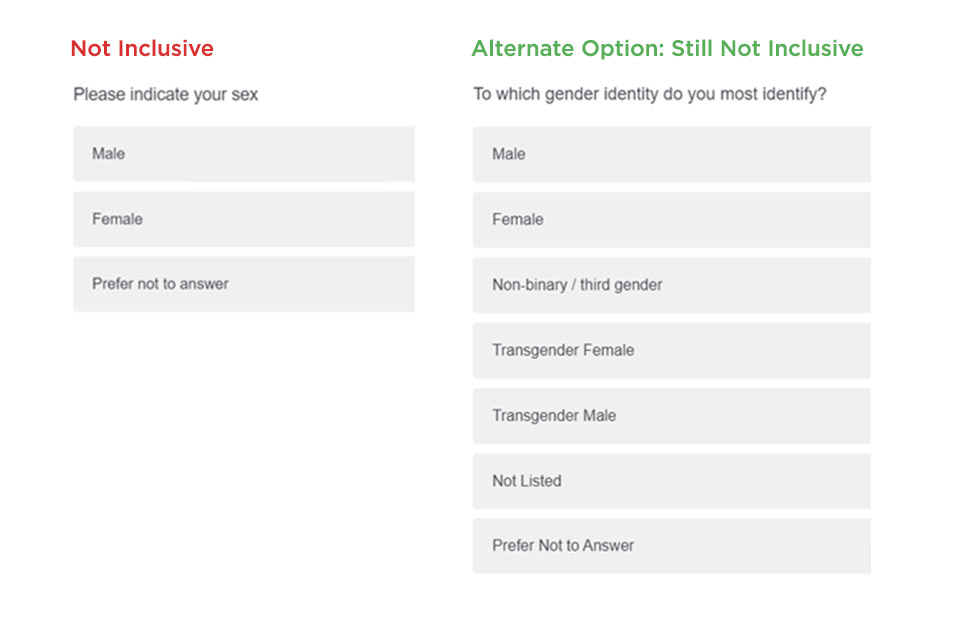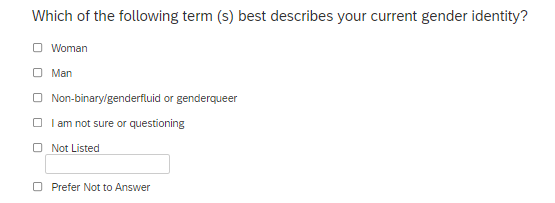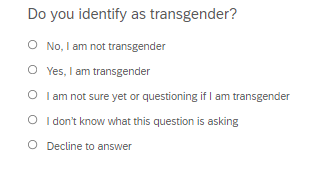“Research should be as inclusive as possible.
There must be space in research for everyone.”
– Dr. Doretha Walker
As the world begins to expand its discussions around diversity, equity, and inclusion in every sphere of life, we at Cayuse have been very interested to learn how research institutions are making changes to their ways of working.
We know through our conversations with research teams around the world that people are eager to learn more about what they could do to further champion diversity, equity, and inclusion in the world of research. Here are just a few ideas and proposals from noted experts Dr Doretha Walker and Hila Berger.
Personal growth in justice and equity
“The journey is never ending. There’s always gonna be growth, improvement, adversity; you just gotta take it all in and do what’s right, continue to grow, continue to live in the moment.”
– Antonio Brown
Dr. Doretha Walker, an activist, educator, and business coach who conducts workshops on a wide variety of subjects, believes that the ultimate source of change in terms of diversity, equity, and inclusion is rooted in personal growth, which in turn influences professional growth. Actively seeking further learning on these subjects can be the key to making lasting change.
Hila Berger, Director of Research Compliance, Research Compliance and Regulatory Programs at Montclair State University (MSU), has worked in the higher education sector for over fifteen years and draws on her own family history and personal experience to speak on the subject of ethnicity and marginalization.
Berger recommends taking the time to delve deeper into books and resources to research issues of race, anti-racism, and advocacy of marginalized or underserved groups. You’ll find Montclair’s own reading list at the end of this post.
Equity of research teams
“Research should be with [people], not on them.”
– Dr. Walker
Representation is vital. A team that finds itself discussing a group of people without including a member of that group should seek to rectify this early in the research lifecycle.
When speaking to colleagues about whether researchers were asked about representation on their teams, Berger found that almost 90% of them were not. To rectify this in the planning stages of research, Montclair State University has added the following question to their Cayuse Human Ethics submission form:
“If your research is designed for a specific population, does the research team have experience or expertise with the participant population? If not, have you made use of a consultant/advisory group to ensure representation of your research study and population?”
Thinking points
- How should team members be chosen?
- How can the community be involved in the process?
- Is the research team asking for community members to serve as Co-Principal Investigators?
- Have they consulted a community advisory board? If none exists, create one.
- What training is provided? Any Critical Race Theory Development for Institutional Review Board (IRB) Members?
Equity and justice in research design
Both Berger and Walker emphasize the importance of building equity and justice into a research project from the very beginning, proposing a variety of ideas:
- Use your committee meetings for more than reviewing protocols; invite experts from your organization to discuss difficult issues, for example.
- Create systems that support the inclusion of research designs and ethics.
- Challenge the ways in which training and development can reinforce systems of exclusion and marginalization.
- Acknowledge that racial disparities and implicit biases exist within institutions of higher education, including researchers.
- Employ evidence-based, institution-wide approaches focused on equity in student learning to eliminate structural racism in higher education.
- Assess demographic questions’ added value to research design.
- Explore whether epistemologies or methods are limited based on a “standard” set by the institution, e.g. if the methodologists are all white, how do we encourage and facilitate BIPOC methodologists?
Exclusion and inclusivity review
Berger suggests that researchers rarely take the time to look at their exclusion criteria from the point of view of equity. While most of the criteria will be necessary, e.g. certain levels of health to perform a physical task, some require further scrutiny to ensure that there is no inadvertent shift towards a design that is inequitable.
Question whether your subjects strictly require the following in order to participate or are you unintentionally excluding a population resulting in an inequitable design: contact number, email address, employment, health insurance, primary care doctor, socioeconomic status, literacy, education.
Make sure to review inclusivity for each demographic question to reduce barriers including gender identity, income, ethnicity, race, religion, age, marital status, sexual orientation, employment, and education level. The following examples demonstrate a progression from clearly not inclusive to inclusive in gender identity questions:

Although the alternate option above is a worthwhile attempt to improve inclusivity, it marginalizes transgender people by making them choose between either declaring their gender or that they are trans. Also, it does not allow for multiple answer selections or a write-in option for individuals who identify outside of the available options listed. At worst, it falsely implies that, for example, to be a transgender woman is a separate or lesser category of being a woman. We can do better. In the spirit of embracing the journey, we recommend using the following questions as a more inclusive approach to gender identity:


And finally, using pronouns in research is very important in the review process. The American Psychological Association (APA) allows the use of ‘they’ as a singular pronoun. Are IRBs asking research team members to be trained about pronouns and asking participants to identify their pronouns?
Accountability is the best path to growth. At Cayuse, we are in no way implying that one approach to your survey questions is the absolute only option for collecting demographics in an inclusive way. Rather, we encourage researchers to look at questions in the context of their study and inform themselves by doing additional research on demographics. Two such resources are the Trevor Project’ Research Brief on Measuring Youth Sexual Orientation and Gender Identity or the Fenway Institutes White paper: Asking Patients Questions about Sexual Orientation and Gender Identity (SOGI) in Clinical Settings.
Returning the results
Dr. Walker suggests rethinking traditional methods of disseminating results. While every researcher looks forward to publication, there are huge benefits to broadening that scope and disseminating results to the wider community. Since journals tend to be accessible to a limited audience and read largely by academics, researchers are welcome to think creatively about how this might be done.
For example, a study on LGBTQIA+ health disparities in NYC could be shared with local publications or at a community event. Local advocacy groups might find it useful, and a link to results could be included in participant consent documents, so that results are returned to communities that have contributed to the project.
Find out more
Montclair’s research guide to Race, Racism and Anti-Racism


